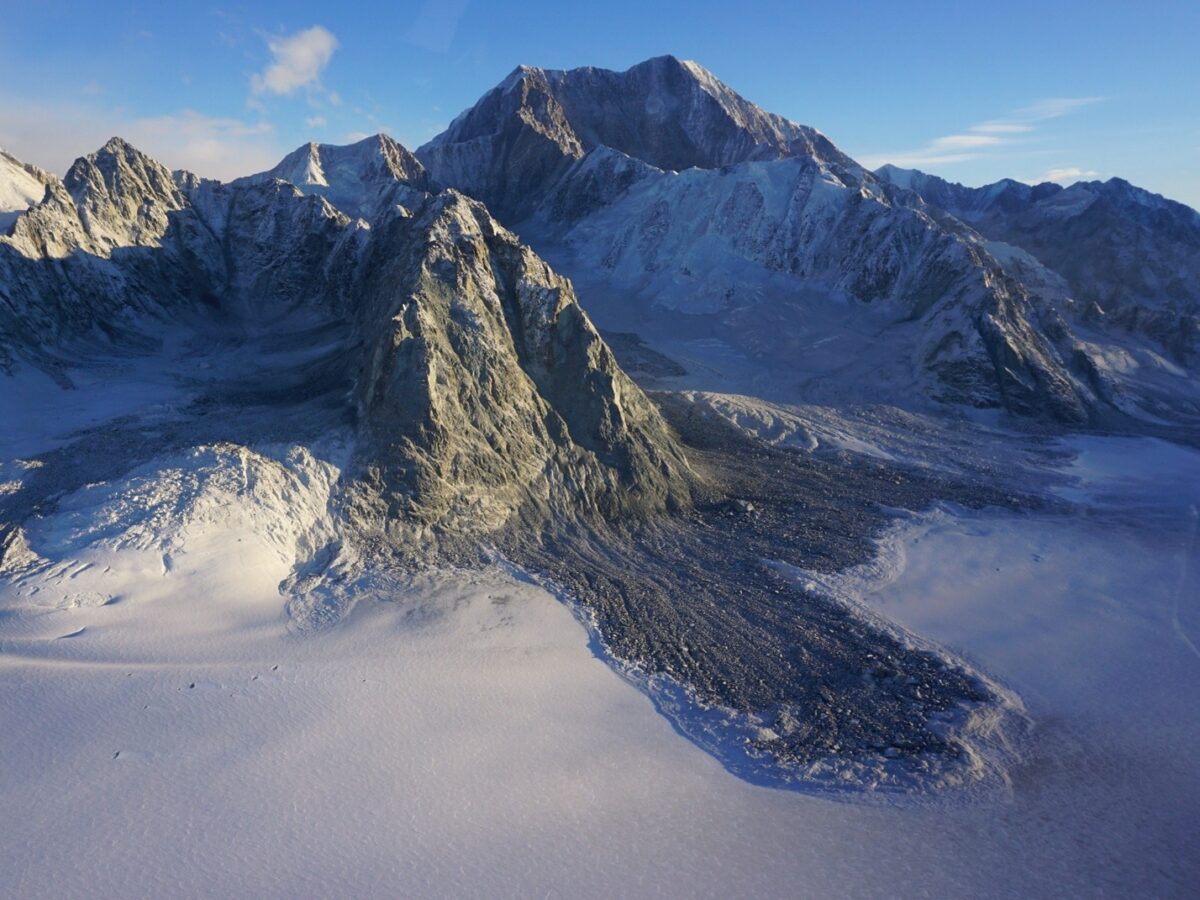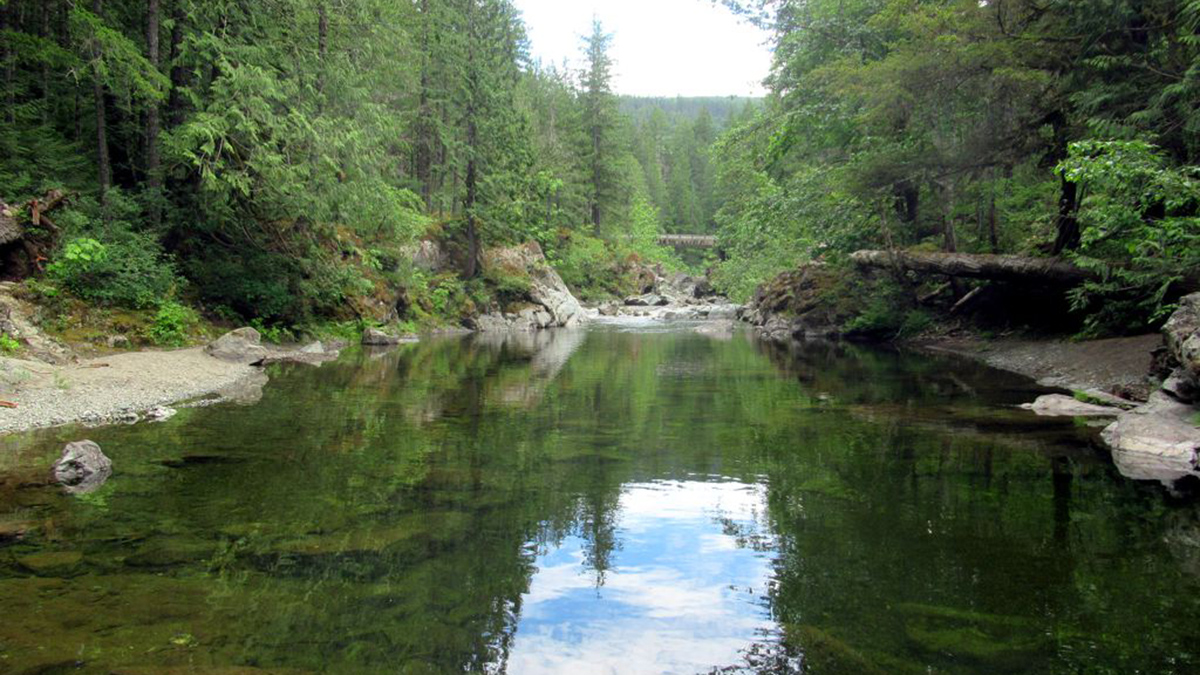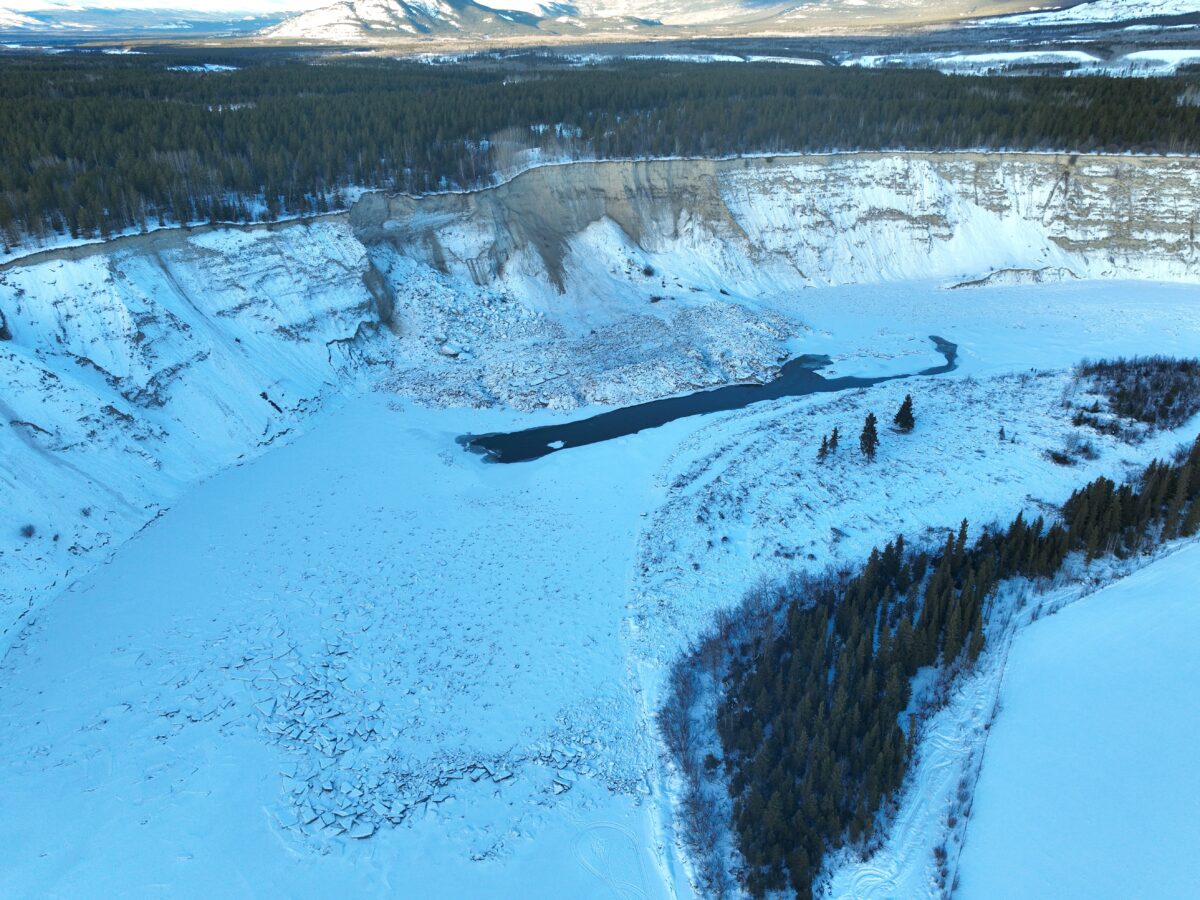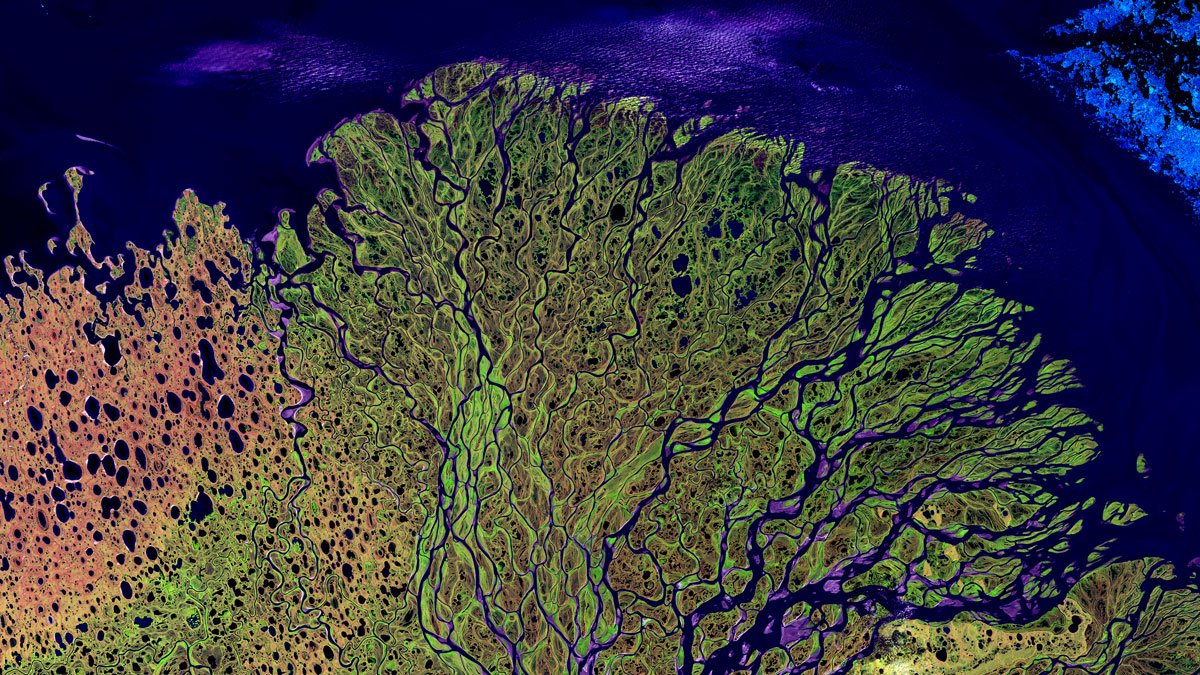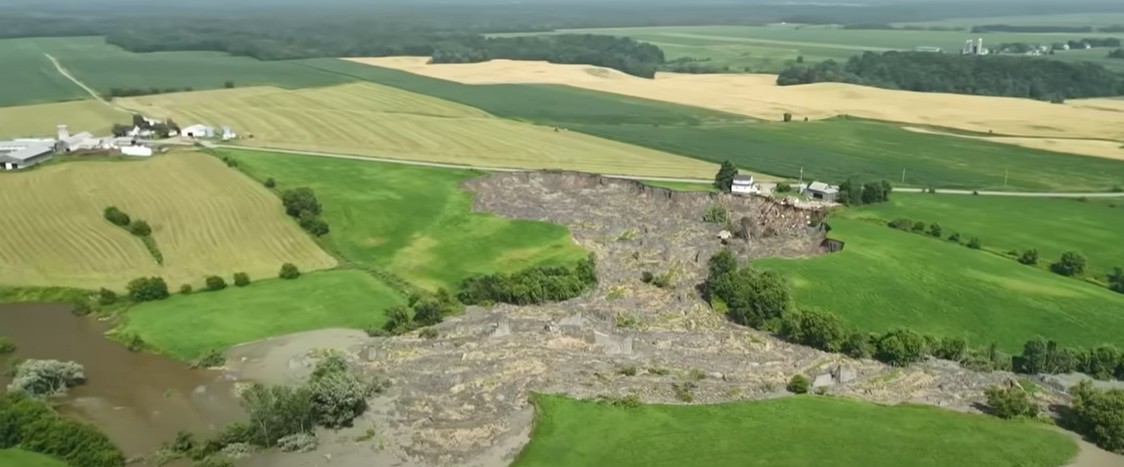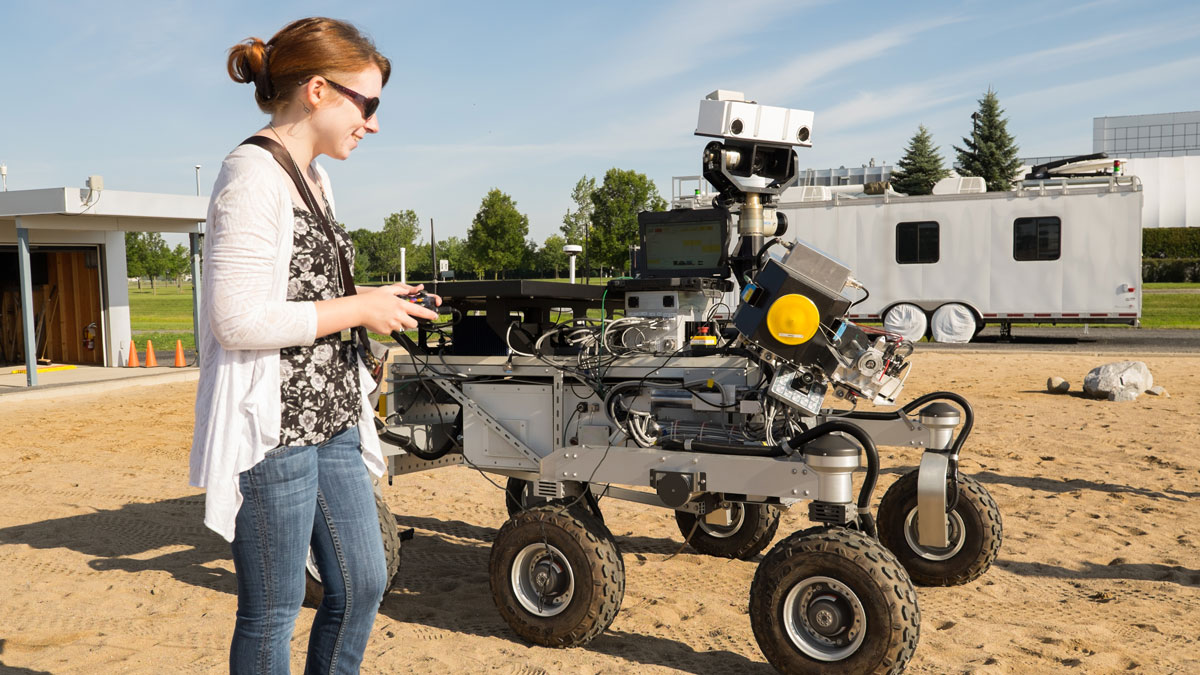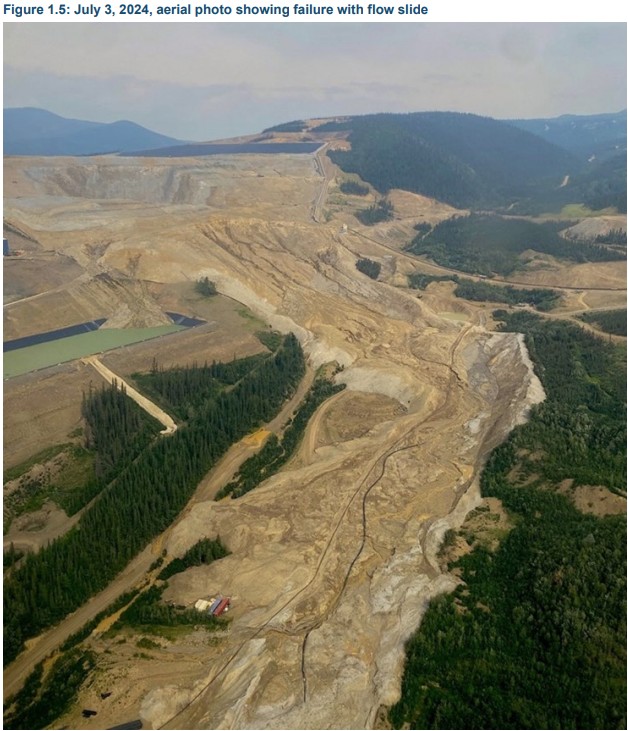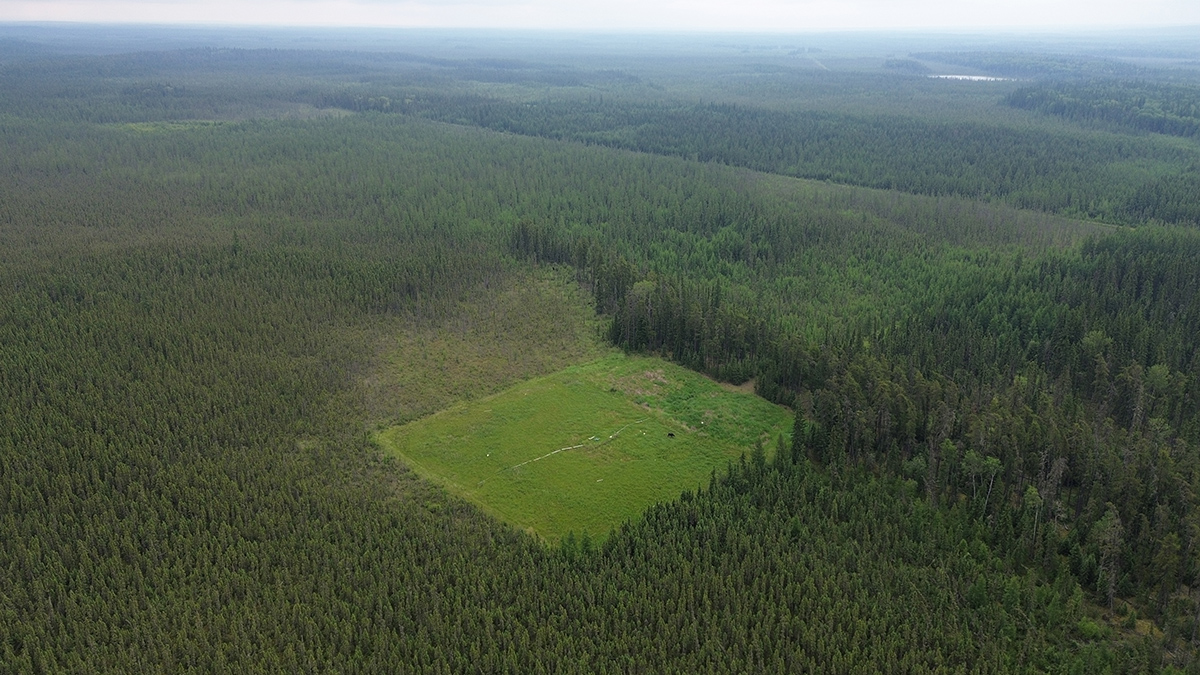Yukon Geological Survey Contributors: Derek Cronmiller, Theron Finley, Panya Lipovsky, Jan Dettmer A guest post featuring images and a commentary of landslides in Yukon Territory in Canada triggered by the 6 December 2025 M=7.0 Hubbard Glacier Earthquake. The 6 December 2025 Mw=7.0 Hubbard Glacier Earthquake in the St. Elias Mountains of Yukon caused widespread mass […]
Canada
Watershed Sustainability Project Centers Place-Based Research
A community science project supports an innovative watershed management plan.
The 17 December 2024 Takhini River landslide and river-ice tsunami, Whitehorse, Yukon, Canada
A major slope collapse in frozen sediments in Canada highlights the role of progressive failure. Back in January of this year, I posted fascinating a piece by Derek Cronmiller of the Yukon Geological Survey about the 17 December 2024 Takhini River landslide and river-ice tsunami, which occurred in Whitehorse, Yukon, Canada. The location of this […]
Arctic Rivers Trade Inorganic Nitrogen for Organic
Climate change is shifting the makeup of a key nutrient in rivers across Russia, Alaska, and Canada, with the potential for ecosystem-wide impacts.
The 15 July 2025 quick clay landslide at Portneuf in Canada
A quick clay landslide in the Quebec region has destroyed most of a farm and a local road. Over the next few days I will try to bring the blog up to date with some of the major landslides that have occurred whilst I have been on leave. To start, on 15 July 2025 an […]
Tanya Harrison: Roving on Mars
This planetary geologist has worked on nearly every Mars rover while connecting government, universities, the private sector, and the public.
The official report of the 24 June 2024 landslide at the Eagle Gold Mine heap leach facility
The Independent Review Board has released its report into a 6 million cubic metre landslide in Canada. It indicates that an initial rotational failure triggered a flow slide that travelled 1,400 metres. On 24 June 2024, a very large landslide affected a heap leach facility (HLF) at the Eagle Gold Mine in Yukon, Canada. I […]
Surface Conditions Affect How Mosses Take to Former Well Pads in Canada’s Boreal Fens
With the help of key moss species, a new approach aims to restore the fens of the Western Boreal Plain.
Images of the May 2025 Yukon River landslide
Derek Cronmiller of the Yukon Geological Survey has provided a stunning set of the images of the fascinating recent failure that partially blocked the Yukon River. Following my post yesterday about the May 2025 landslide on the Yukon River, Derek Cronmiller, who is head of Surficial Geology at the Yukon Geological Survey kindly made contact […]
A large landslide on the Yukon River in Canada
In May 2025, a 950 m wide landslide occurred on the banks of the Yukon River in Canada. A few days ago, the Yukon Geological Survey posted some information to its Facebook site regarding a large landslide that has occurred on the banks of the Yukon River close to Burma Road. This was the information […]

